Pain and pleasure of the Spitfire Club
- Published
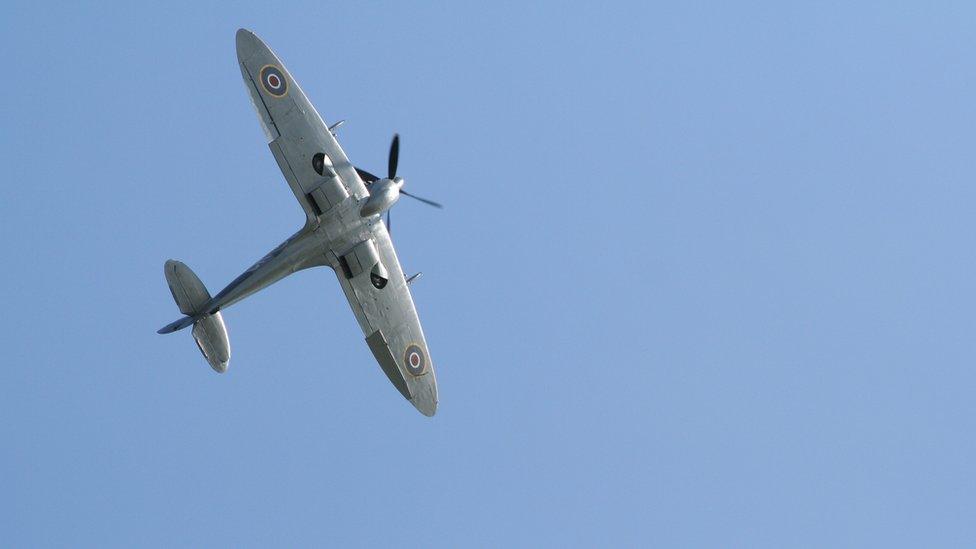
Eighty years ago the first Spitfire prototype flew from Eastleigh aerodrome in Hampshire. One man reveals the impact piloting this aircraft had on his life.
It was always an exclusive club, and now there are only a handful of people left who can claim membership.
To fly a Spitfire, especially in combat, is as close to holding a place in mythology as modern times allow.
But Sqn Ldr Geoffrey Wellum DFC, still passionate and engaging at 94, cautions against hyperbole.
"I didn't think of myself as glamorous but certainly I was aware it was a privilege," he says. "Everybody wanted to fly Spitfires and so few, even in the RAF, got to do so."
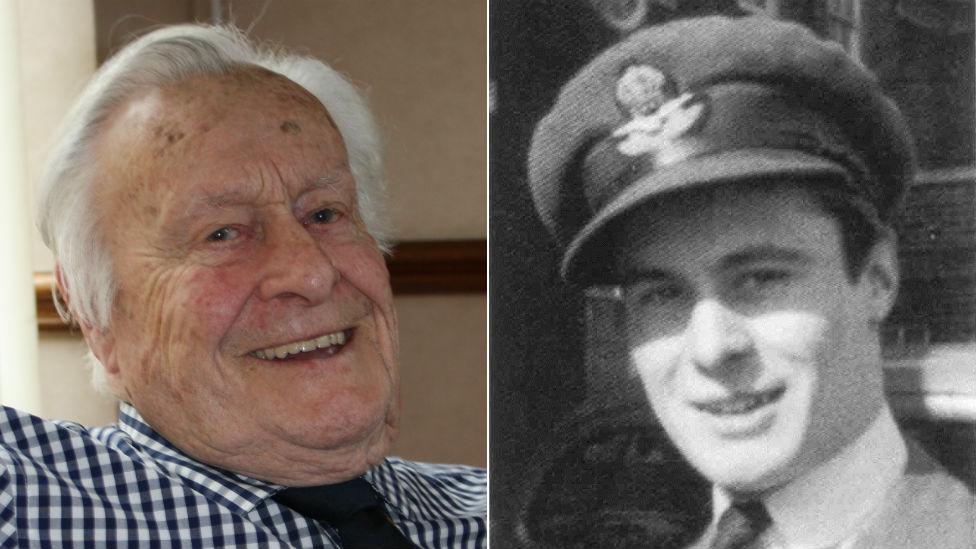
Geoffrey Wellum in 2016 and in his early days in the RAF - fresh out of school
Born and schooled in Essex, as a teenager Geoffrey Wellum wandered into this club with an ease and speed which almost defies belief.
"I just wanted to fly. I wrote to the Air Ministry to say so and they let me."
Straight from school he took to the air in old biplanes and clumsy training aircraft but in 1940, with World War II already under way, he was posted to 92 Squadron, which had just been converted to fly Spitfires.
"I had heard of them but had never actually seen one before. When I got to the squadron I was just told it was the best aeroplane in the world and if I broke one there would be hell to pay.
"But when the time came it was a bit of 'There's your plane, fly it'."

Spitfire factfile
First flight: 5 March 1936
Entered service: 4 August 1938
Max Speed: (Mk1 At 15,000 ft) 346 mph (557 km/h)
Dimensions: (Mk1) Wingspan: 36 ft 10 in (11.23 m), length: 29 ft 11 in (9.12 m), height: 11 ft 5 in (3.47 m)
Armament: (Mk1) 8 Browning .303 machine guns
Numbers built: 20,351
Last RAF operational flight: April 1, 1954

First impressions were strong.
"It looked so elegant. The lines were graceful, almost proud, with that long nose pointing at the sky.
"Once the engine was started, it really came to life. Everything felt connected and responsive.
"Then I started off and there was no going back. In fact for the first 10 minutes it felt like the plane was flying me, I was just hanging on as it jumped into the air."
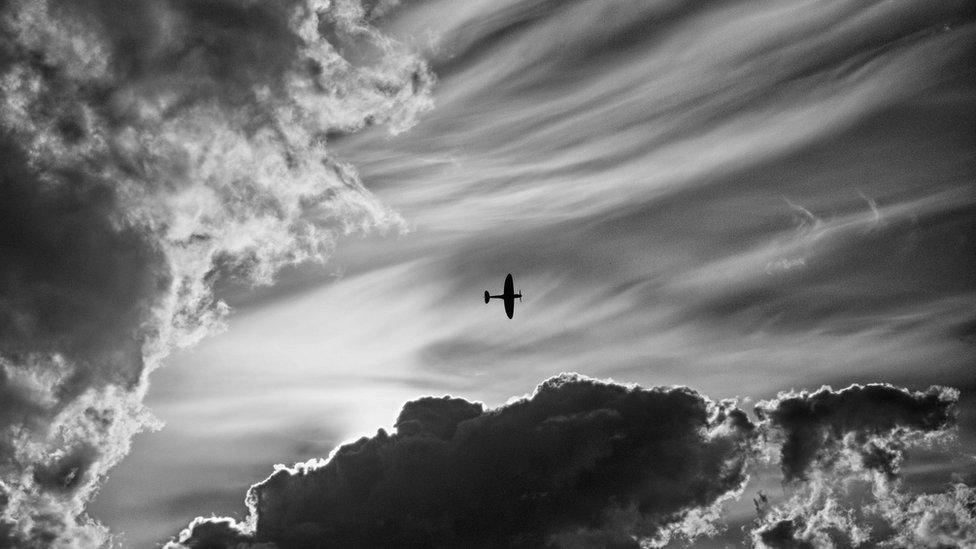
"It was a machine which belonged in the sky, and it made you feel like you belonged there too"
While the Spitfire had its drawbacks - it was expensive to build and repair - Sqn Ldr Wellum's verdict is simple.
"When I was in a Spitfire, I felt I could out-fly anything the enemy had against me.
"It was a machine which belonged in the sky, and it made you feel like you belonged there too."
While he shuns the matinee idol image of the fighter pilot, some moments undeniably lived up to this billing.
He was photographed by society snapper Cecil Beaton ("he didn't say much") and attended a party with Hollywood star Vivien Leigh ("Sensational. Dangerously so").
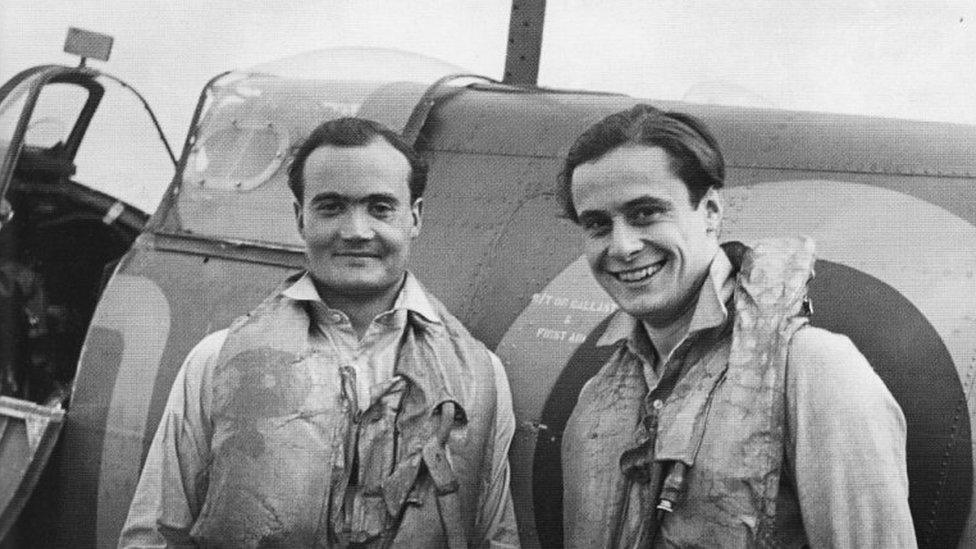
Unique friendships were forged in the heat of battle - Geoffrey Wellum and his commanding officer Brian Kingcombe
But his business was war and this bred a unique brotherhood in the club, as well as exacting a grim price.
"I will never forget the look on those pilots' faces when they came back from flying over Dunkirk [when the British Expeditionary Force was evacuated]. They had changed. No longer carefree young men.
"And two of them were no longer there. And that is when it really struck me, I said to myself 'this is a serious business'.
"But nothing has matched the feeling between us all during those days - I don't mind calling it love.
"After the war I went back to the Fleur-de-Lys Inn in Canterbury where we used to go and it was so clear to me, the noise, laughter, the faces, even the clink of the glasses.
"And now they are gone. Some then, the rest in the years since."
Sqn Ldr Wellum stepped into the spotlight with the publication of his war time memoirs First Light. He still finds the attention given to him "remarkable".
"But it is important to remember it wasn't just me, or the other pilots. It was the people in the factories, it was the tireless ground crews, everyone kept going.
"It is also in the past few years people have begun to really talk about it again. After the war a very senior RAF officers told me to 'Forget all that, put it behind you'.
"I simply answered 'How?'."
- Published5 March 2016
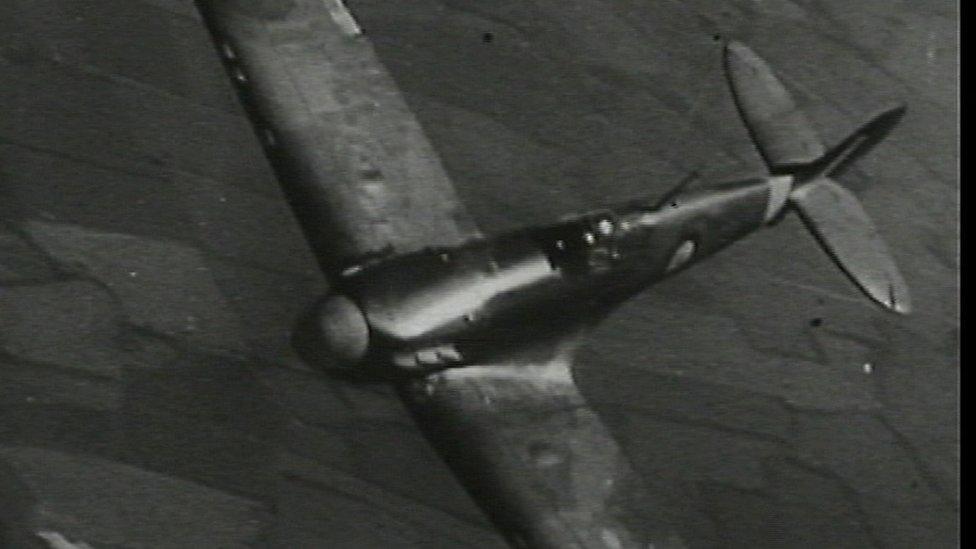
- Published4 March 2016
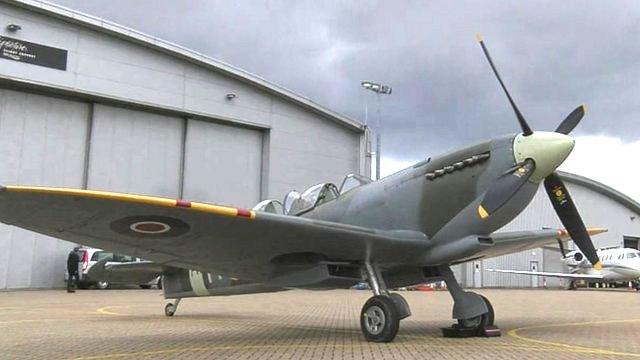
- Published20 January 2016
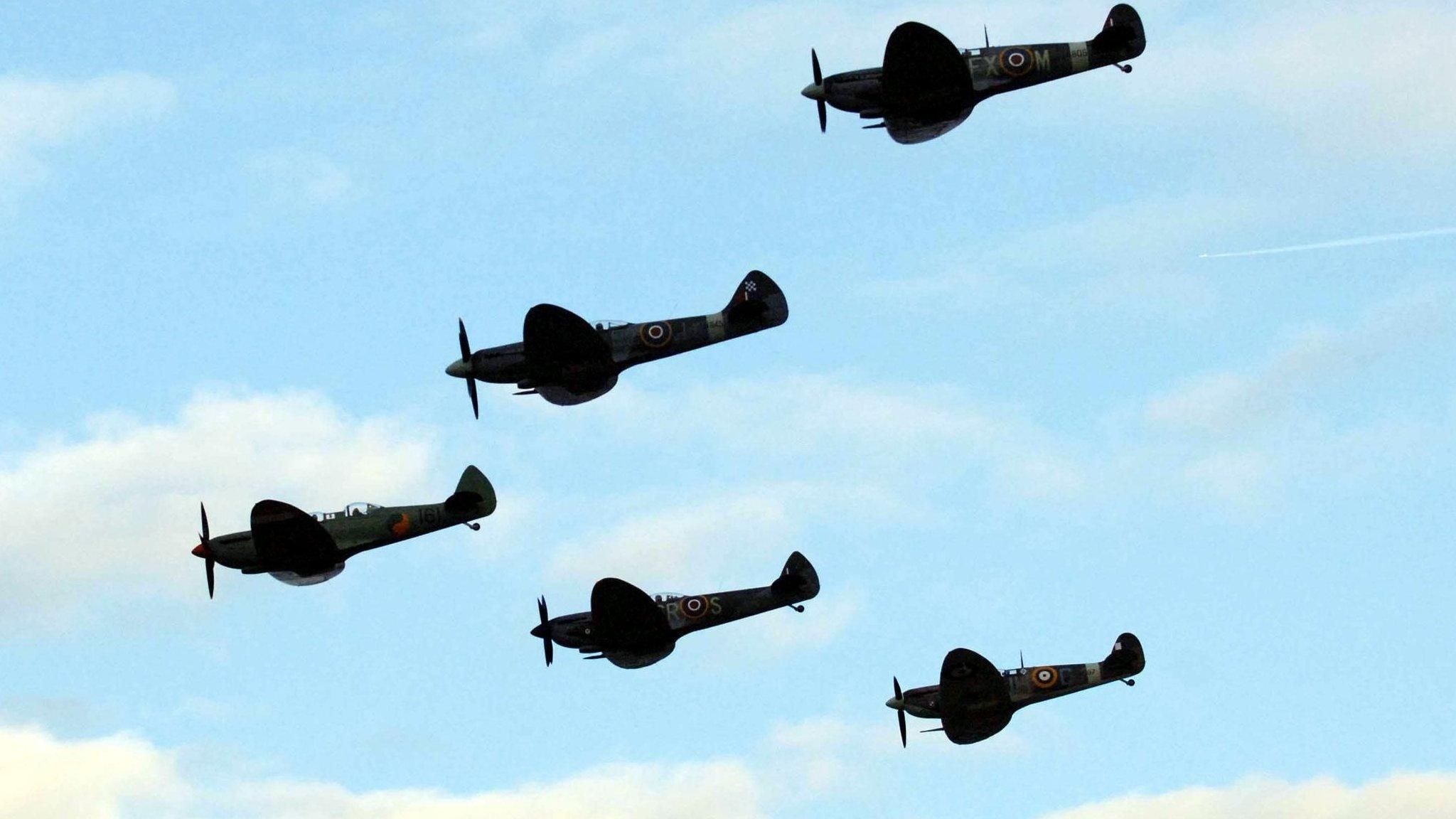
- Published9 October 2015
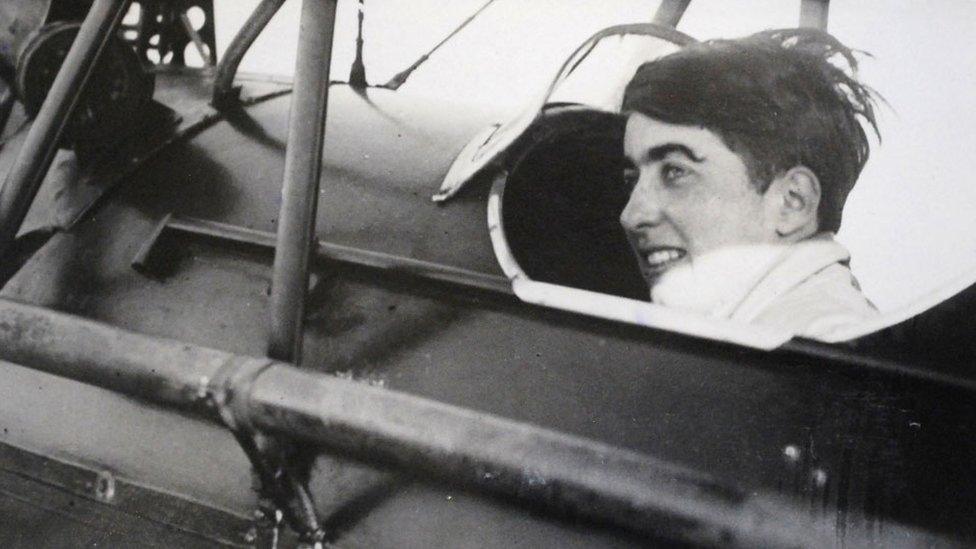
- Published15 September 2015
